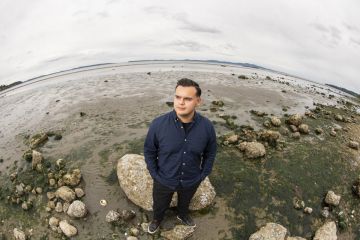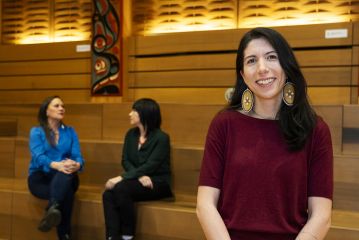First analysis of MAP for adult Indigenous language learning
- Tara Sharpe
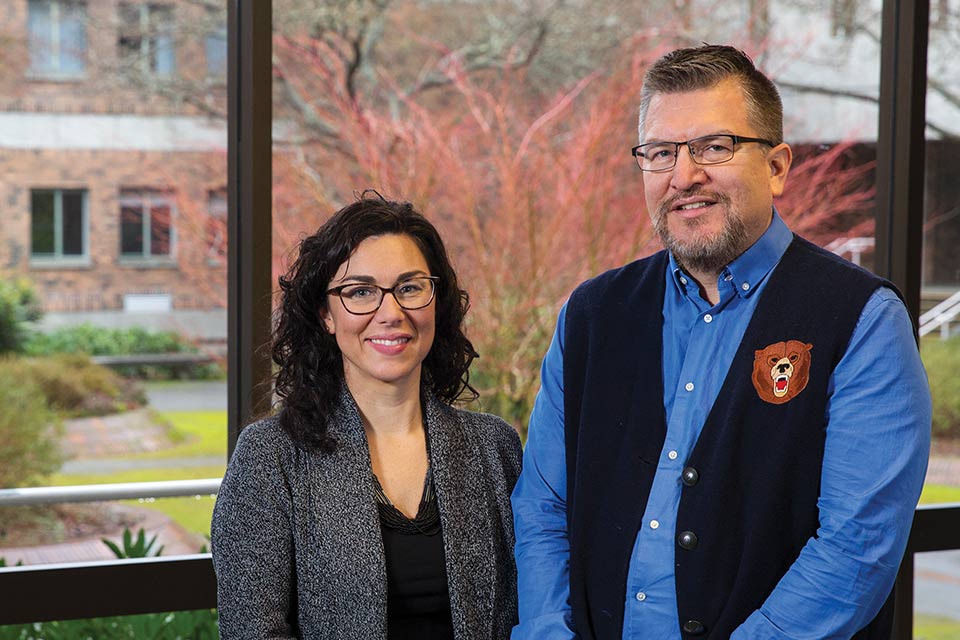
BC is home to nearly half of the approximately 60 distinct Indigenous languages in Canada. The Truth and Reconciliation Commission’s Calls to Action outlined a grave need for deeper conversations, increased funding and a collective effort to protect and renew the languages. But with the majority of fluent speakers 70 years of age or older, many Indigenous languages are endangered, within a single generation. And although young children in immersion are speaking their languages in increasing numbers, many Indigenous adults aged 18 to 60 do not.
Studying the mentor-apprentice program
Building on decades of university partnerships with Indigenous communities and organizations, two UVic scholars—Onowa McIvor (Indigenous education), who oversees the UVic Indigenous language revitalization programs, and Peter Jacobs (linguistics), who sits on the committee overseeing the master’s degree in Indigenous Language Revitalization, a unique program in Canada—wrapped up the first study of the Mentor-Apprentice Program (MAP) in BC this fall.
The research project—NEȾOLṈEW̱ (in SENĆOŦEN, the name translates as “one mind, one people”)—was funded through a Social Sciences and Humanities Research Council of Canada Partnership Development Grant and led by McIvor and Jacobs, with data collection taking place from 2014 to 2016.
Adult learners are still a “missing generation” in Indigenous language revitalization. Adult language learners and their impact on the language revitalization movement are “under-studied,” adds McIvor, “with hardly any empirical data”—until now.
The MAP is particularly effective in teaching adult learners. Based on a California model, it was initiated in BC in 2008 by the First Peoples' Cultural Council (FPCC), located on W̱SÁNEĆ traditional territory, of which UVic professor emerita and former Canada Research Chair in Indigenous Knowledge and Learning Lorna Williams (education and linguistics) was the former chair of the board.
In addition to MAP, the FPCC administers programs such as the Endangered Languages Project (an online resource) and FirstVoices (an archive and teaching resource including dictionaries, alphabets, audio and video), and also releases official reports on the current status of BC’s First Nations languages (with the latest in 2014 outlining resources, numbers of speakers and stark details on the state of the languages).
The recent MAP research by McIvor and Jacobs focused on 33 adult learners and their mentors and involved 111 interviews (with some learners followed for one to two years).
Stories of Indigenous language learning for future generations
The Canadian Press published an article about the MAP study in October, which was picked up across Canada including by CBC News, Metro News and the Vancouver Sun. It included quotes and personal perspectives from McIvor, whose family is maskēkowak (Swampy Cree) from Northern Manitoba (Norway House and Cross Lake Cree Nations), with Scottish-Canadian ancestry on her paternal side, and from Jacobs, whose ancestry is Sḵwx̱wú7mesh (Squamish) and Kwagulh (Kwakiutl), as well as Tlingit, English and Scottish.
McIvor has led UVic Indigenous Education since 2008 and, as a graduate student a number of years ago, served as the liaison for First Nations communities partnered with UVic’s School of Child and Youth Care to deliver a two-year diploma program in early childhood care and development. Jacobs is a linguist who, prior to joining UVic in 2012, worked in his Sḵwx̱wú7mesh First Nation community on a learner-friendly bilingual Squamish-English dictionary and also taught the Squamish language in the high school for seven years.
Jacobs told the Canadian Press that his parents and grandparents were “forbidden [in the residential schools] to speak their language and beaten and shamed and ridiculed and punished in all sorts of awful ways…A lot of those people who came out of that school system chose not to teach their children the language.”
The press coverage also included an interview with a recent graduate of UVic’s Bachelor of Education in Indigenous Language Revitalization who is also the granddaughter of the late W̱SÁNEĆ elder Dave Elliott who created the SENĆOŦEN alphabet in the 1970s. MENEŦIYE (Elisha Elliott), an Indigenous languages teacher at ȽÁU, WELṈEW̱ Tribal School at Brentwood Bay, now speaks and teaches SENĆOŦEN and is raising her own children to speak the language.
A toolkit for Indigenous language learning
The FPCC and W̱SÁNEĆ, two community research partners in the MAP study, worked together to study the learners’ individual MAP experiences. McIvor, Jacobs and their community partners also produced a pilot language-learning tool (as a way for learners to keep track of their progress) as part of NEȾOLṈEW̱.
The study explored the successes and challenges of adult Indigenous language learning under the MAP model as a cohesive strategy to further the movement to revitalize the Indigenous languages of Canada.
NEȾOLṈEW̱ findings
The new study's findings depict clear links for the adult learner between the activity of Indigenous language learning with increased feelings of general wellbeing and worthiness, expressed in many ways including cultural and spiritual health and healing, various positive health outcomes and leadership development.
“It’s been exciting to see the effects in the communities. We can’t take away from the language loss, the disruption, the intentional things; but we do have a hopeful story here – that the MAP model works,” says Jacobs. “It helps develop conversational abilities. Even 12 years of classes can’t get to that level.”
Lifestyle integration also works well for adult language learning. For instance, MAP apprentices emphasized that learning to speak an Indigenous language is not just a book-learning exercise: the language needs to be spoken in everyday activities, such as speaking to our children, praying, discussing the weather and how things are going, through to discussing history and philosophy, and conducting business and political matters.
McIvor points to motivation and notes that language learning “can't be formulaic. When you’re in an endangered language situation, you have to create relevance.” She also points to 21st century language speakers having to “come up with words for ‘tweet’ and ‘Pokémon Go’ – words are changing, accents are changing for all languages. We can’t fossilize them.”
Some challenges for the MAP model as revealed in the study include exhaustion of learners who are often full-time workers, students or both as well as being caregivers; discouragement with lack of domains of use; and mentor’s health challenges.
McIvor and Jacobs have applied now for further funding to extend the scope of their research to MAPs across Canada.
---
Experience the new Indigenous language learning assessment tool (as a fillable PDF)
Photos
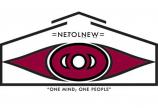
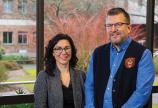
In this story
Keywords: colonialism, languages and linguistics, Indigenous languages, reconciliation, education, adult learners, Indigenous, community, student life, research
People: Onowa McIvor, Peter Jacobs

